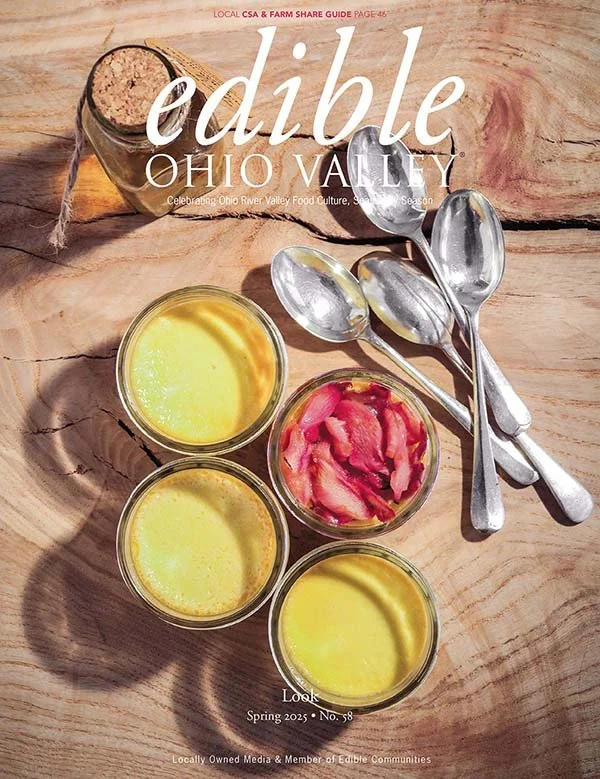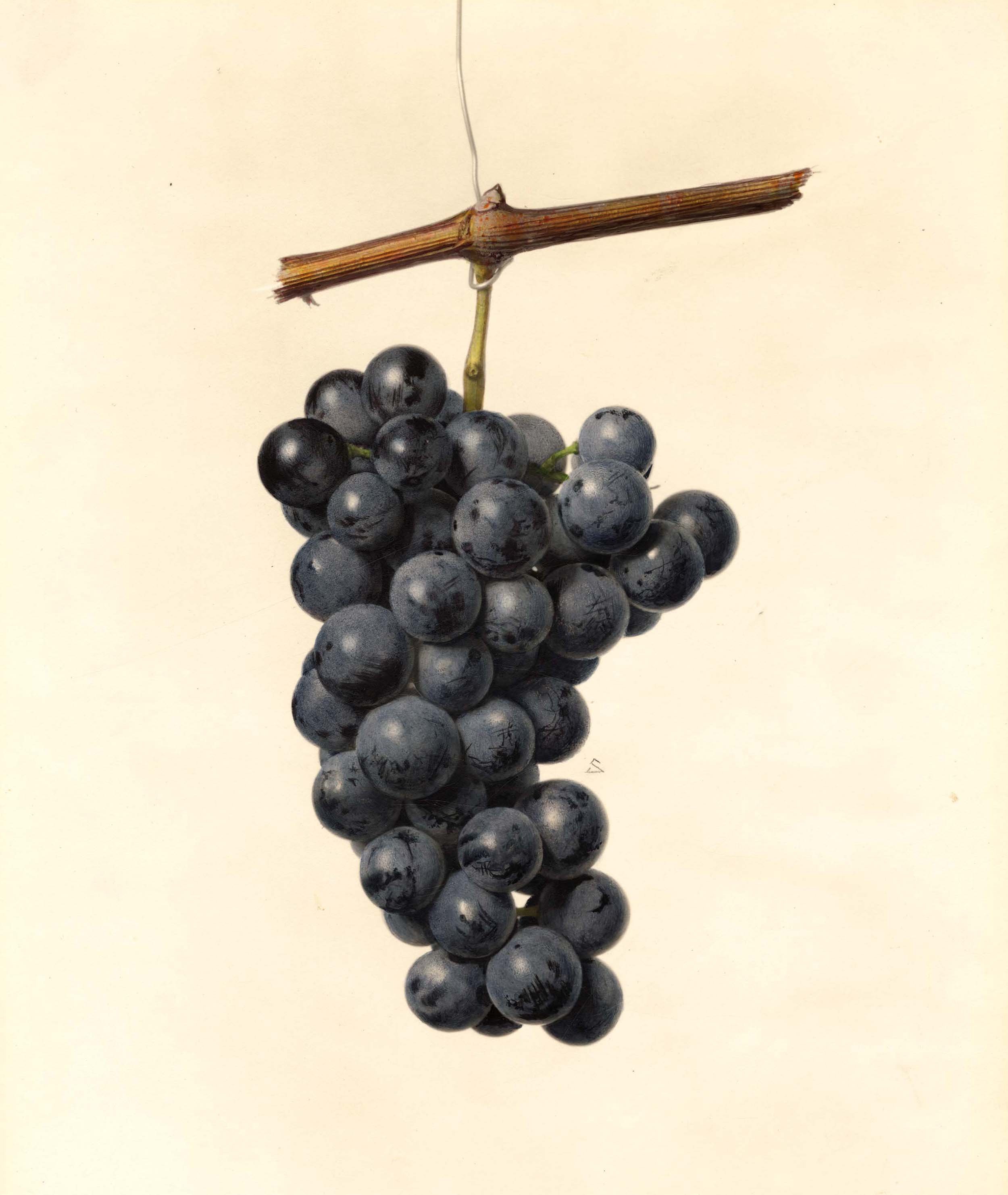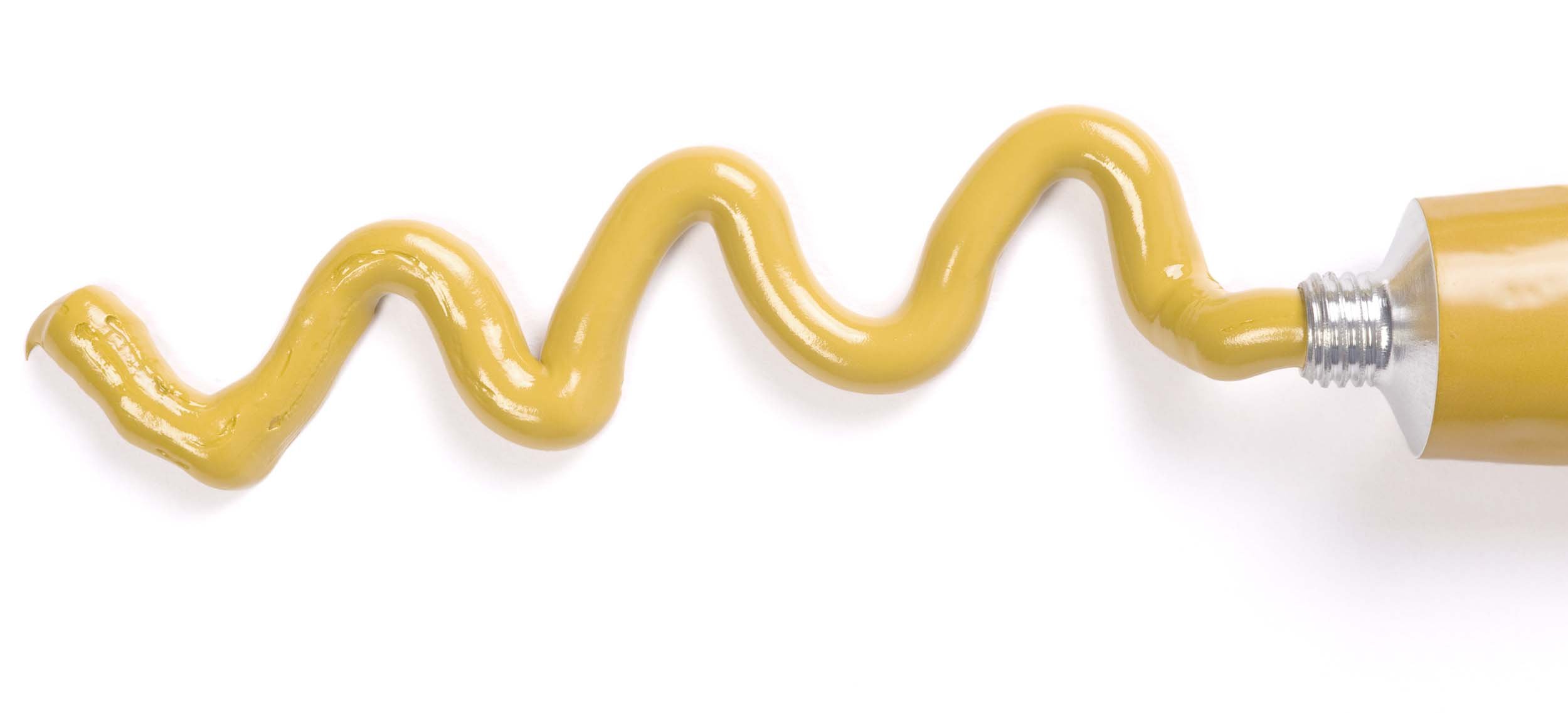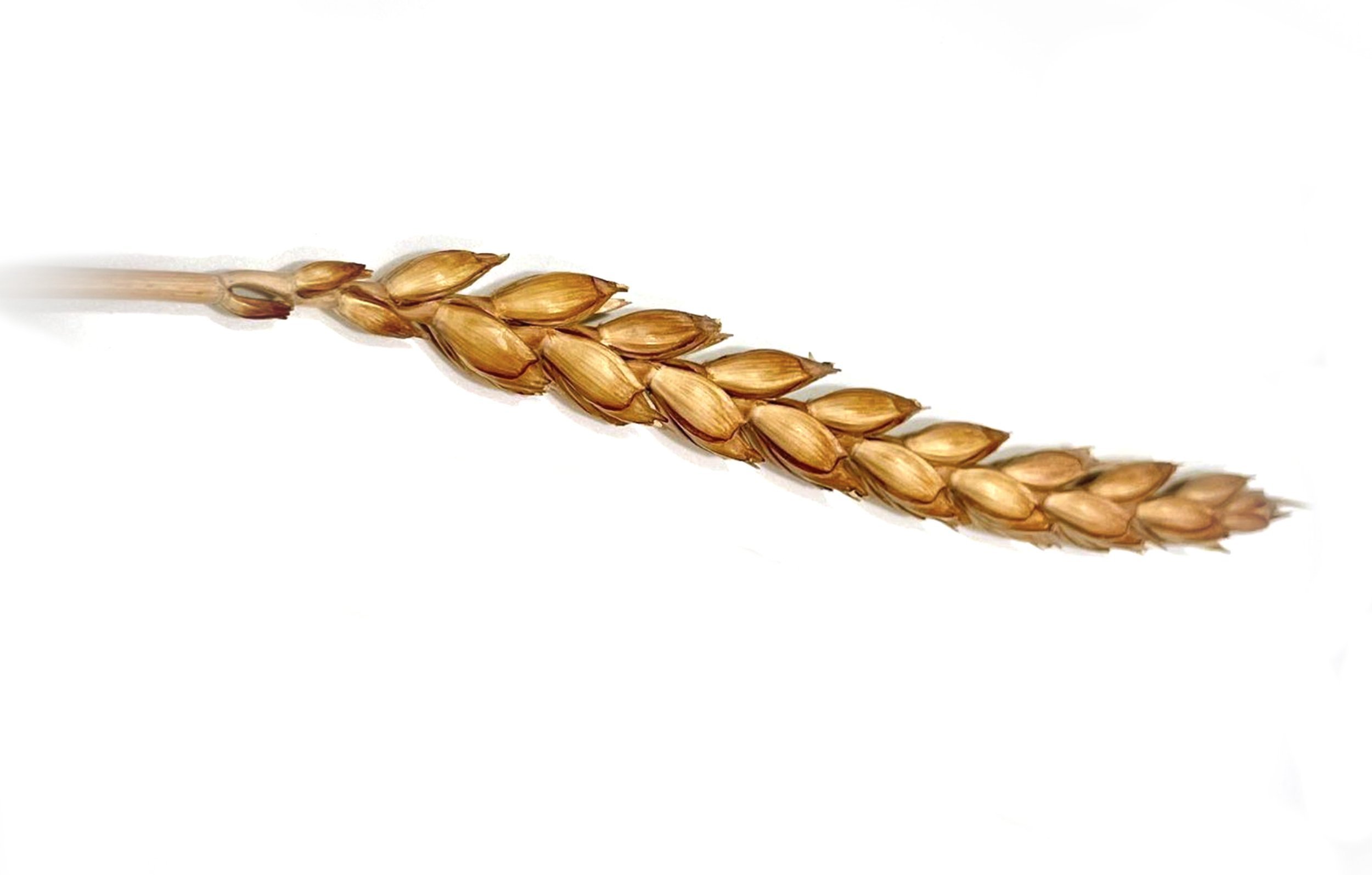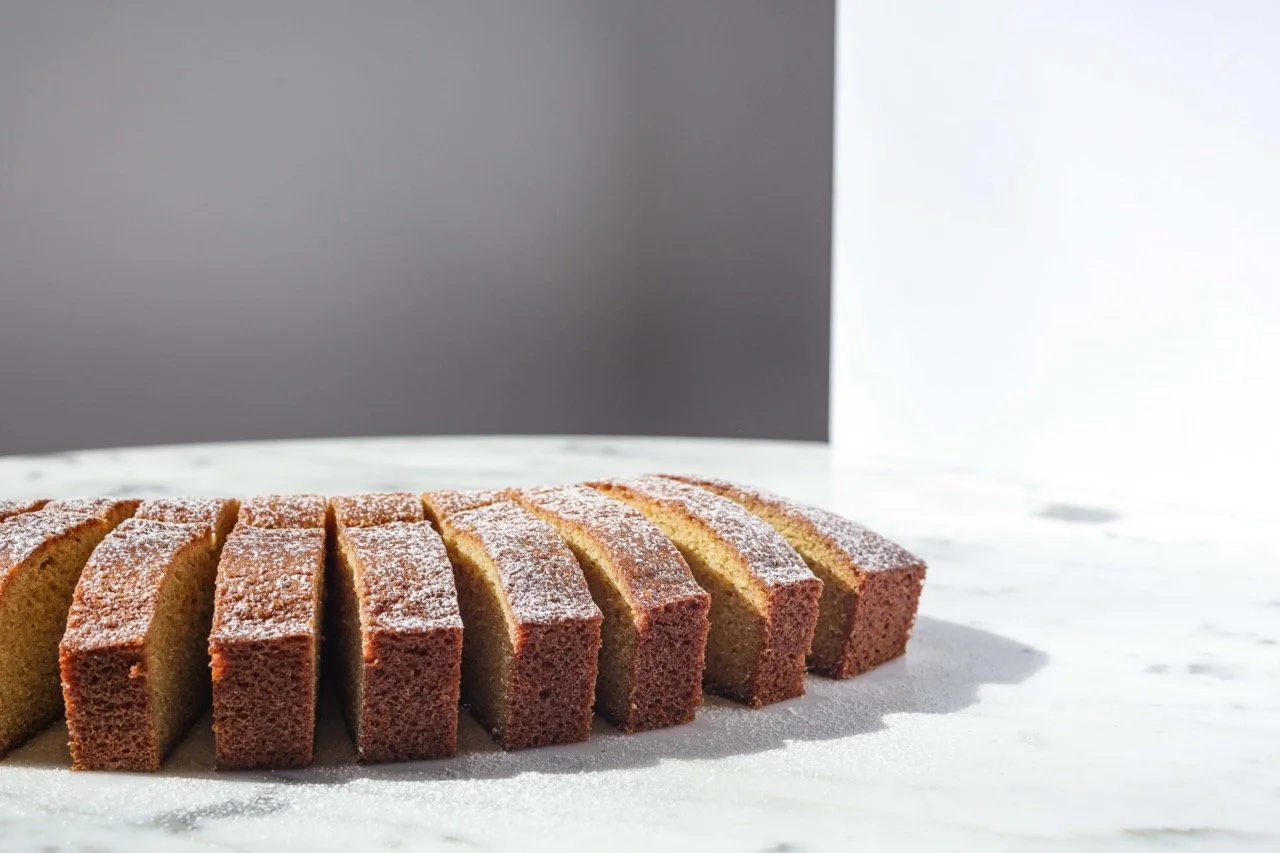The Charms of Cornmeal
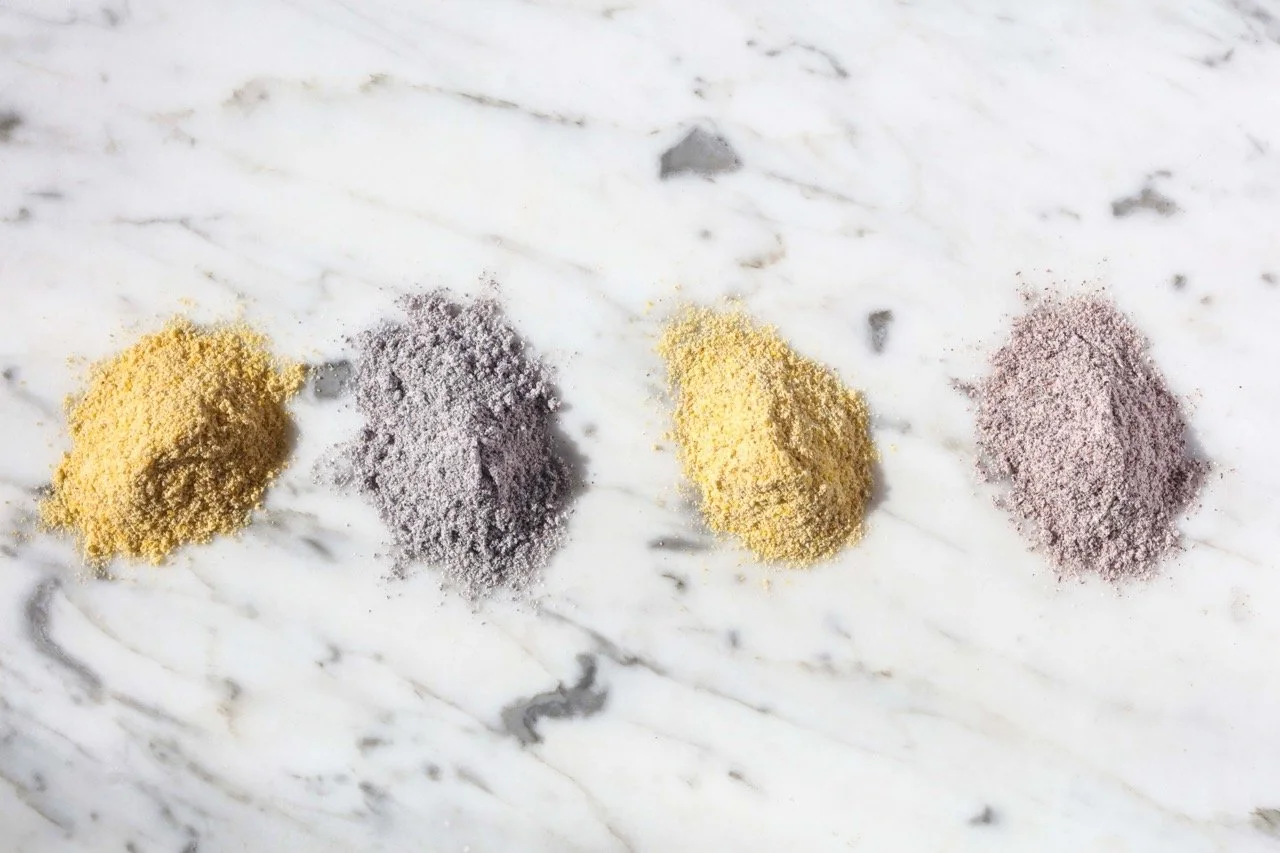
Blue, yellow, red, or white,
this pantry staple is a key ingredient in cuisines around the globe.
by Annette Januzzi Wick with Rosemary Wildey
Prior to a trip to Kenya and Tanzania, I researched common foods in East Africa that would appease my adventurous nature and sensibility. Ugali, a cornmeal porridge, landed on my list and plate. For centuries, cornmeal has been a staple that brought diversity and sustenance to our tables and to the people with whom we gather.
Most accounts suggest that cornmeal, also known by its Indigenous name maize, originated 8,000–10,000 years ago in an area of Mexico termed Mesoamerica and arrived in North America via the migration of Native Americans. In the New World, writes Elisabeth Rozin in Blue Corn and Chocolate, corn was a “beloved and worshipped grain that had nourished and nurtured the aboriginal populations for many thousands of years.” Indigenous peoples introduced corn to different parts of America, and eventually to Africa and Europe, through a system of trade routes. These cultures used intricate methods for farming, including the “Three Sister Agriculture Method” developed by the Iroquois to improve hill planting. This interplanting used corn as a pole to support vining crops such as beans or squash.
Cornmeal, once obtained by grinding corn with a mortar and pestle, is the key ingredient in many foods in the global culinary lexicon, including polenta, ugali, and cornbread. It has also been integral to sacred rituals and spiritual practices in many cultures.
For the Hopi Indians, cornmeal represented life, fertility, and sustenance. Virginia More Roediger, author of Ceremonial Costumes of the Pueblo Indians: Their Evolution, Fabrication, and Significance in the Prayer Drama, writes, “Another form of offering is cornmeal or pollen. This may be sprinkled on the dancers, the altars, and the paraphernalia. Every morning those who hold sacerdotal positions make offerings of cornmeal to the Sun. Cornmeal is significant in every altar ceremony.”
Cornmeal’s Global Roots
Corn is a cereal, not a grain. You might be surprised to learn that the plant from which we obtain corn descends from a grass called teosinte, a wild ancestor. According to the University of Utah, farmers in Mesoamerica bred teosinte, described as a “spiky grass with very small cobs.” In the 1930s, researchers discovered that modern corn and ancient teosinte differ by only about five genes.
In the earliest of times, farmers handpicked the plump and robust kernels to be preserved for the following season. Today, farmers like Vaughn Davis, a third-generation grower at SchoolHouse Farms in Rockford, OH, use a color sorter and other means to enhance the quality of their products. Plant adaptations can alter starch production, account for climate and soil variations, and determine how many kernels are on a cob and their size, shape, and color. Some heirloom farmers reuse the seed, and therefore corn can be a biennial crop, and not annual.
Corn grows well in the Southern and Midwestern climates along what’s known as the Corn Belt, where it’s a mass-produced commodity crop. In a 2021 study, researchers noted 35% of that farmland has lost its topsoil, leaving behind low-carbon soil that costs farmers to replenish each year.
Types of Cornmeal
Cornmeal, milled as a coarse flour, is derived from pulverizing dried corn. After drying, the corn is put through a grinder and screener. Ground cornmeal is available in several colors. White cornmeal produces a mild flavor. Yellow is hearty and grainy and adds texture to a dish. Made from dent corn, which has dimpled dents when it's ready for harvest, yellow cornmeal has a high starch content and a corny texture. Blue cornmeal, derived from an heirloom variety, tastes strongly of fresh corn. Davis grows heirloom varieties, such as Ohio Blue Clarage, Hickory King, and Wapsie Valley, all of which existed when his great-grandmother attended the one-room schoolhouse that’s on the farm property.
Within the three colors, there are multiple grinds: fine, medium, or coarse. Finer grinds are produced using steel rollers, which remove the germ and bran, making the cornmeal shelf stable. For larger operations, corn is ground using a rotating hammer mill. Cornmeal can also be stone-ground to retain the hull and germ of the corn and its nutritional value. Stone-ground meal doesn’t keep long and should be stored in a cool spot. “Bolted” refers to ground cornmeal where bran, germ, and essential oils have been removed by various processes including sifting. This product, containing less fiber, is typically sold in the grocery aisles. Other cornmeal products in supermarkets might include baking powder or soda and are labeled self-rising.
Corn is low in tryptophan, an amino acid that enhances the body’s manufacture and absorption of niacin (soaking corn in limewater, or calcium hydroxide, makes the niacin more bioaccessible). Lack of niacin (Vitamin B3) causes diseases of the skin, digestive system, and nervous system, such as Pellagra, which were common in impoverished Old World cultures dependent on corn as a dietary staple.
When Davis sent his corn off to a lab for testing, he says he was surprised to find, “Old corn has more nutritional value, higher fat content, a good thing, and protein levels are higher, in some cases double.” So it’s worth seeking out cornmeal that’s locally grown and minimally processed.
Cornmeal & Its Kin
Cornmeal can be easily confused with other corn products:
Corn starch A powder made from the endosperm of the corn kernel (the starchy, white interior), used mostly to thicken sauces, gravies, and ice cream.
Corn flour A finer grind than cornstarch and can be used interchangeably with starch. Corn flour should not be confused with masa.
Masa Predicted as a hot food trend for 2025, masa is made with corn soaked in a limewater solution in a process called nixtamalization. Masa harina is a more recent innovation, made like wheat flour by dehydrating corn, milling, and packaging it for use in making corn tortillas and tamales.
Grits, polenta, and hominy Grits, made with whole dried kernels of dent corn, are typically categorized as stone-ground, quick cooking, or instant. Polenta is often crafted in Italy from a specific corn variety, though standard cornmeal is a good substitute in the U.S. Hominy grits are made from corn that has been nixtamalized; they’re the dried and ground form of hominy kernels you’ll find in the canned vegetable aisle.
A suggested rule of cooking is to use fine or medium-ground cornmeal for baking and coatings, and medium- or coarse-ground for dishes like polenta or grits in which the meal is simmered in liquid.
When it comes to cooking and baking, cornmeal is ubiquitous, from its use in velvety cornbread to the surprising addition of stone-ground blue cornmeal in corn cookies from The Kentucky Millstone Café in Butler, KY. Use it in dredging for coating or breading for fish and poultry. Add it to the base of pizzas and other bread doughs for an added crunch to the crust. Most of the time, cornmeal is found in recipes that comfort our stomachs and remind us of our ancestors and their traditions.
Regional Cornmeal Sources
SchoolHouse Farms, Rockford, OH
Popcorn, sunflower seeds, and various varieties of cornmeal in different grinds
Branstrator Farm, Clarksville, OH
Blue Clarage and Leaming Yellow cornmeal
Dresbach Farms, Chillicothe, OH
Blue Clarage corn flour and meal
Local Millers, Westerville, OH
Cornmeal and wheat flours from Brandt Family Farm, Dresbach Farms, and other regional growers
Weisenberger Mill, Midway, KY
Stone-ground grits, cornmeal, and cornbread mix; find products online or at local retailers including Madison’s at Findlay Market and ETC Produce & Provisions
Ohio Valley heritage cornmeal options
No. 58 / Ingredient
This article was originally published in a past issue of Edible Ohio Valley magazine. Subscribe to be the first to read each issue or order back copies while supplies last.
Annette is a writer, teacher, and author of two memoirs, I’ll Be in the Car and I’ll Have Some of Yours. She is a second-generation Italian-American with roots in Calabria and Abruzzo. As a resident of Over-the-Rhine, she’s lucky enough to walk to Findlay Market twice in a day whenever she forgets an ingredient. Visit annettejwick.com to learn more.


